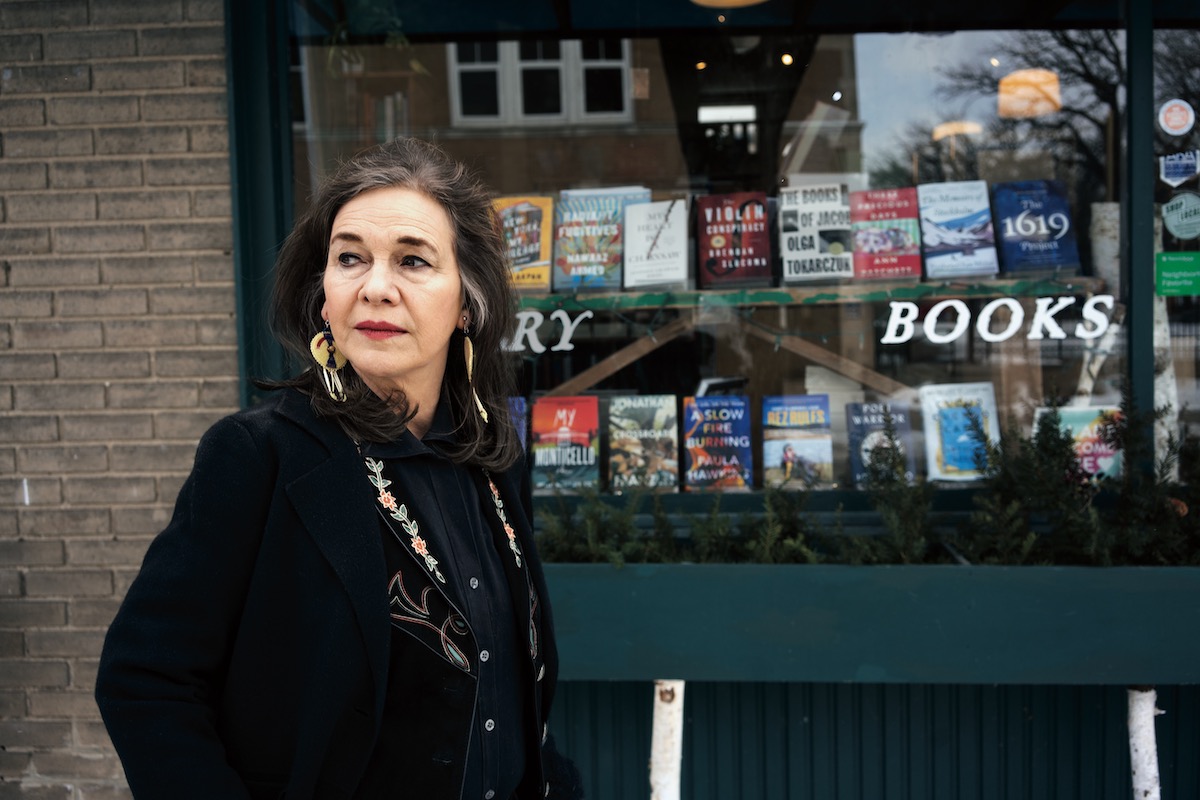For this special feature, “The Artist’s Way”, T photographed and interviewed 34 artists from various disciplines to provide a glimpse into how creative people live and work. Rather than focus on grand gestures, the idea was to instead highlight the seemingly mundane activities that some of our greatest artists either incorporate into their creative processes — or pursue in order to let their minds empty and drift. Nadia Vellam, T’s photography and video director, told photographers that the images should show “private, internal moments”. She adds: “I wanted the portraits to be cinematic and voyeuristic, and to focus on someone in a moment of personal expression or contemplation.” Collectively, the images provide windows into the subjects’ daily routines: the American choreographer Raja Feather Kelly waiting for the subway, the conceptual artist Rirkrit Tiravanija cooking pad Thai and the actor Ethan Hawke walking his dogs (“They were incredibly well behaved,” Vellam notes).
“People were excited to share this intimate side of themselves,” says Carter Love, T’s senior photography editor. He points to the actress Katerina Tannenbaum, who appeared as Carrie Bradshaw’s bohemian neighbour in the “Sex and the City” revival “And Just Like That . . .” and is seen in this issue at a dance studio. “She seemed thrilled to be able to show people something that they didn’t know about her,” Love says.
The logistics of executing a feature with so many moving parts are complicated under the best circumstances, and were made even more so during an ever-evolving pandemic. Shoots and interviews began in mid-2021 and continued as Omicron levels surged. The usual precautions — distributing PCR tests to subjects, having medical personnel on-site — were all in place, but everyone was “a lot more relaxed” than they’d been at any other point in the last two-odd years of Covid-19, says Love. Indeed, there was something heartening about the fact that the greatest production challenges involved not the pandemic but instead something even harder to predict or control: the weather. Plans for a shoot with the author Louise Erdrich were upended after a major snowstorm struck America’s Midwest. The shoot with Kelly in New York also had to be rescheduled because of snow.
Still, there was an undeniable feeling of having turned a corner. Kelly discusses in his interview the inspiration he takes from random people he sees on the subway in New York, their movements and the everyday vitality of the city — the kinds of things he’d been missing over the past few years, but which he was excited to start observing once again. A shoot with the playwright (and former T copy editor) Mona Mansour reunited her with the cast of her play “The Vagrant Trilogy” for the first time since New York’s shelter-in-place orders shut down the production in 2020 (the show finally made its debut in April this year). Somebody brought along liquor, and everyone caught up and shared stories.
It’s impossible to tell what the future holds for all of us, but in looking at small moments like these — the type generally missing from most magazine profiles — T was able to capture, in remarkable detail, what it’s like to live as an artist today, and the resilience people have had to demonstrate in order to continue their work in a period of unprecedented upheaval.
“All of our daily habits changed immeasurably over the last two years,” says Kurt Soller, a features director at T who edited many of the pieces in this issue. “But by reading about all these different practices, hobbies and routines together, one’s left with the sense that there’s not just one way to be an artist — or even to be a more creative person: just various human attempts at floundering our way through life and through work, however it may look on the outside.”
